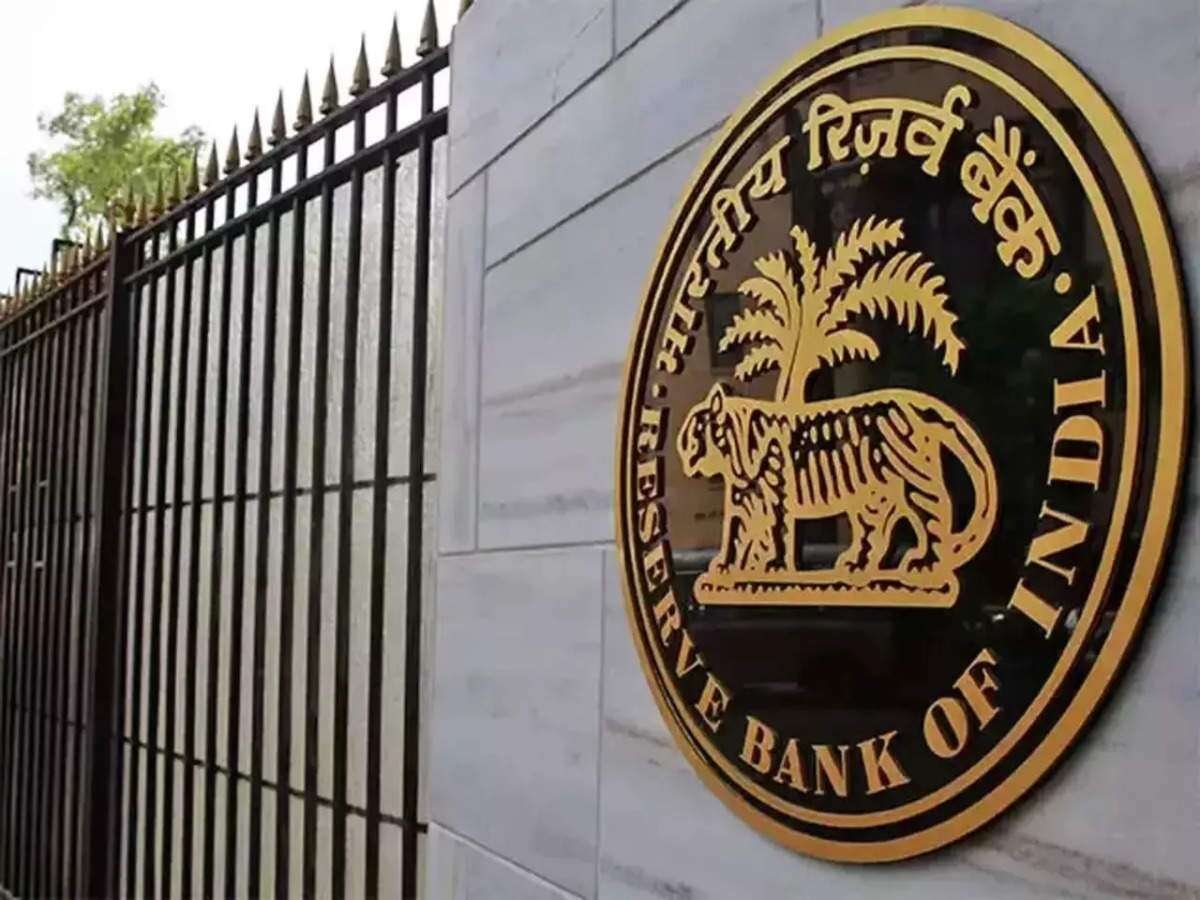India’s Digital Currency to Take Very Calibrated and Graduated Approach – At an event hosted by the Indian Council for Research on International Economic Relations on Thursday, RBI Deputy Governor T. Rabi Sankar discussed the country’s central bank digital currency. According to PTI, he also discussed the ramifications for India’s financial system and monetary policy.
During her February budget speech, Finance Minister Nirmala Sitharaman indicated that the RBI would create a central bank digital currency this fiscal year. The digital rupee, according to Prime Minister Narendra Modi, would be the digital version of India’s physical rupee and will be regulated by the Reserve Bank of India. “The digital rupee will change the fintech sector,” he said.
Deputy Governor Sankar said there are numerous “uncertainties in terms of which design works, which model works well in terms of its influence on the financial system, on monetary policy, on data privacy” when discussing several CBDC models.
Also Read: Ukrainian Charity Organization Launches NFT Sale
“I believe central banks will address it in such a regulated fashion, researching impact all the way down the line and then forging such ties with what is really demanded,” he added, noting that central banks should “cause no harm” when adopting new technologies.
The deputy governor of the Reserve Bank of India then went on to list some of the advantages of launching a digital currency, including cost, distribution, and settlement efficiency.
He stated that the digital rupee would drastically cut the time it takes to conduct cross-border transactions and will make them real-time.
“One must understand that worldwide experience is essentially non-existent at this point in time on a few topics like how CBDCs can effect the banking sector,” he cautioned while discussing how central bank digital currencies can affect India’s financial system.
CBDCs, according to Deputy Governor Sankar, could have an impact on the transactional demand for deposits in the Indian banking sector. He explained that if this happens, “deposit generation will be badly impacted, and the financial system’s ability to create credit will be harmed.”
He added:
“As small transactional deposits exist in the banking system, average deposit charges might rise, thereby putting an upward pressure on the cost of money in the system.”
V. Anantha Nageswaran, the Indian government’s chief economic advisor, remarked during the ICRIER event that the establishment of a CBDC will not eliminate the need to control cryptocurrencies in India because they will continue to exist.
The deputy governor of the Reserve Bank of India also spoke about stablecoins, suggesting that they could pose a far greater threat to dollarization than cryptocurrencies. He feels that bitcoins cannot be used in minor transactions due to their excessive volatility.
Also Read: Bank of England Governor Says Crypto Creates Opportunity for the Downright Criminal
India’s Digital Currency to Take Very Calibrated and Graduated Approach – The government of India is working on a cryptocurrency framework. Officials from the Finance Ministry are apparently engaging with international organizations such as the World Bank as well as the International Monetary Fund on the problem.
Meanwhile, bitcoin profits are now taxed at a rate of 30%, with no loss offsets or deductions available. On July 1, crypto transactions will be subject to a 1% tax deducted at source.




